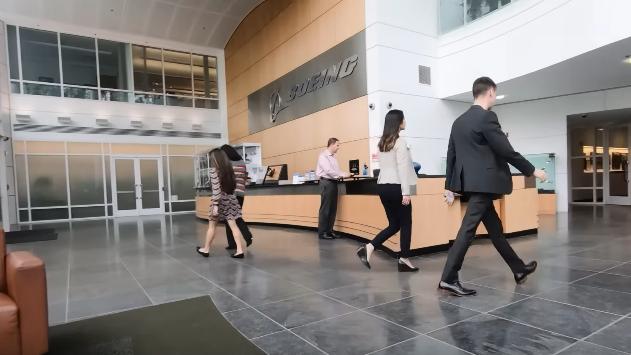In a move that has sent ripples through the aerospace industry and the broader business community, Boeing has announced that CEO Dave Calhoun will step down by the end of the year. This announcement marks a pivotal moment for one of the world’s leading aerospace companies, known for its commercial jetliners, defense, space, and security systems. As Calhoun prepares to relinquish his role, the implications of this leadership transition extend beyond the immediate question of succession, reflecting on Boeing’s past challenges, its strategic direction, and the broader dynamics of leadership in times of industry upheaval.
Dave Calhoun’s Tenure: Navigating Through Turbulence
Dave Calhoun took the helm at Boeing during a tumultuous period, inheriting a series of crises that would test the mettle of any leader. Central to these challenges was the grounding of the Boeing 737 MAX following two fatal crashes. Calhoun’s leadership was characterized by a focus on navigating the company through regulatory scrutiny, restoring trust among customers and the flying public, and steering the company back to financial health.
Under his stewardship, Boeing embarked on a rigorous process to address the technical and regulatory issues surrounding the 737 MAX, leading to its eventual return to service. Beyond the MAX crisis, Calhoun faced the daunting task of steering the company through the COVID-19 pandemic’s impact on the aviation industry, characterized by plummeting demand for commercial aircraft as global travel came to a standstill.
The Strategic Shifts and Future Outlook
Calhoun’s tenure has been marked not only by crisis management but also by strategic reorientation. Boeing has sought to realign its operations, focusing on core aerospace capabilities and exploring new avenues for growth, including space exploration and sustainable aviation technologies. These efforts reflect an acknowledgment of the changing dynamics of global aviation and defense, driven by technological innovation, environmental concerns, and geopolitical shifts.
As Boeing looks to the future, the leadership transition comes at a critical juncture. The aerospace giant faces the dual challenge of recovering from the pandemic’s financial impact and positioning itself in a rapidly evolving competitive landscape. The next CEO will need to balance the demands of technological innovation, sustainability, and global competition, all while maintaining the rigorous safety standards that are the bedrock of the aerospace industry.
Leadership Transitions in the Spotlight
The departure of a CEO always sparks discussions about corporate governance, leadership continuity, and strategic direction. In Boeing’s case, these discussions are amplified by the company’s significance to the global aviation sector and its role in national defense. The selection of Calhoun’s successor will be closely watched, with stakeholders eager to gauge the implications for Boeing’s strategic priorities and its approach to the challenges and opportunities that lie ahead.
Leadership transitions offer an opportunity for companies to reassess their strategic direction and adapt to changing market conditions. For Boeing, the appointment of a new CEO is not just about navigating the immediate challenges but about envisioning the future of aerospace. It will require a leader who can inspire confidence, drive innovation, and uphold the highest standards of safety and integrity.
The Broader Implications for the Aerospace Industry
Boeing’s leadership transition occurs against the backdrop of a broader transformation in the aerospace industry. Companies across the sector are grappling with the need to innovate in the face of technological disruption, shifting regulatory landscapes, and growing calls for sustainability. The pandemic has accelerated changes in global travel patterns, prompting a reevaluation of everything from aircraft design to the customer experience.
In this context, Boeing’s next leader will play a crucial role not only in shaping the company’s future but also in influencing the direction of the aerospace industry. The challenges are significant, from integrating artificial intelligence and autonomy into aviation to developing zero-emission aircraft. However, these challenges also present opportunities for Boeing to reaffirm its leadership in aerospace innovation.
Conclusion
As Boeing embarks on this new chapter, the departure of CEO Dave Calhoun signifies a moment of reflection and anticipation. The aerospace industry stands at the crossroads of significant challenges and transformative possibilities. Boeing’s leadership transition is not merely a change of guard but a symbol of the industry’s ongoing evolution. The decisions made in the coming months will have lasting implications, not just for Boeing but for the future of flight. In navigating these uncharted skies, the aerospace giant’s next leader will need to draw on a deep well of vision, courage, and innovation.
